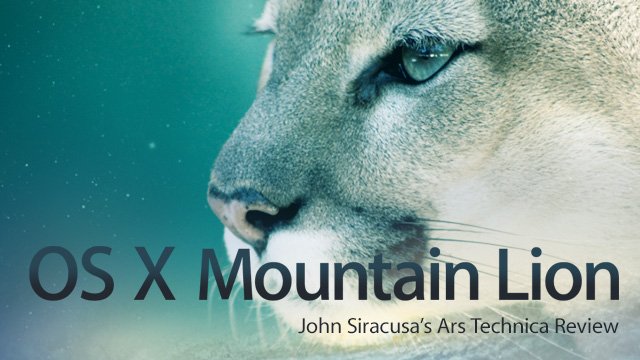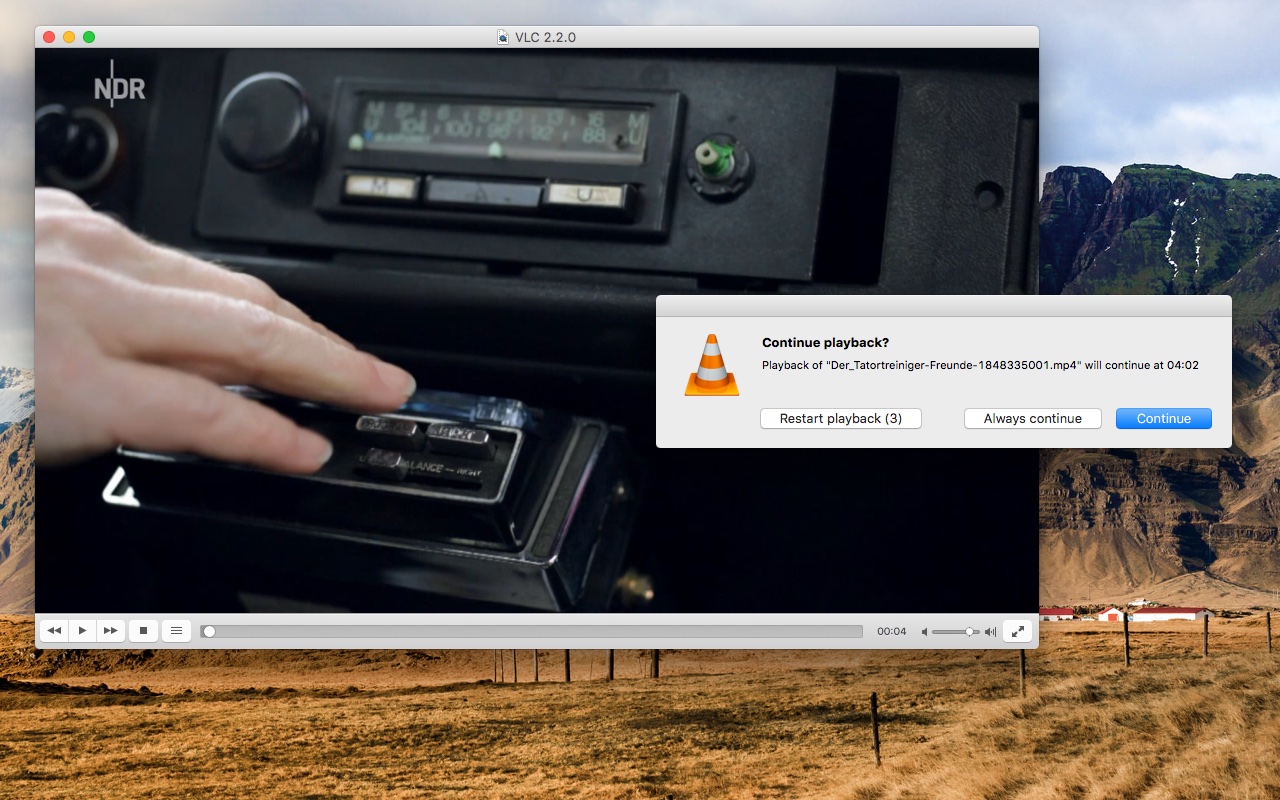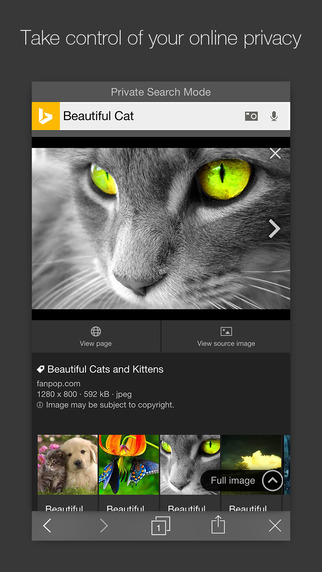OS X 10.7 Lion was released on July 20, 2011 and made some huge changes to the Mac. Some of these changes were to make it easier for iPhone, iPad, and iPod touch users to adapt to the Mac, some to make the two platforms work better together, and some to keep making the Mac better and better.
Lion was only available by purchase and download from the Mac App Store, where it retailed for US$29.99. You must have OS X 10.6 Snow Leopard installed to purchase, download, or install Lion, and the 4 GB download could take some time with slower DSL connections (we don’t even want to think about how long it would take with dial-up). As a convenience, Apple allowed users to bring their Macs to a nearby Apple Store and use Apple’s WiFi to make the download.
Apple Mac OS X Lion is now available to general public. The Mac OS X 10.7 Lion is available for installation only from the Mac App Store. This guide will teach you how to create a bootable USB Flash drive of Mac OS X Lion 10.7 and install Lion from USB, rather than downloading it from Mac App Store on each and every Mac computer you own. Mac OS X Lion is the next major release of OS X, the world's most advanced desktop operating system. Hardware and software made for each other. Since the software on every Mac is created by the same company that makes the Mac, you get a fully integrated system in which everything works together perfectly. Mac OS X Lion might sound like a dry and boring series, but it’s not! The author, Yvonne Johnson, handles each topic in an interesting, and sometimes humorous way, sharing many personal tips along the way from her decades of experience as both a computer user and teacher.

Like OS X 10.6 Snow Leopard, Lion requires an Intel-based Mac, but it goes two steps beyond that. First of all, Lion is a 64-bit operating system, so it won’t work on those 2006 Macs built around 32-bit Core Solo and Core Duo processors. It requires Core 2 Duo or newer, which leaves the following Macs behind unless you update the firmware and install a Core 2 Duo CPU:

Additionally, Lion is the first version of OS X with no support for PowerPC software. Apple introduced Rosetta, which lets Intel CPUs run PowerPC apps, with OS X 10.4 Tiger for the first Intel Macs in 2006, and it had been part of OS X until now.
The last version of Lion, OS X 10.7.5, was released on October 4, 2012. It was the first version of Mac OS X to be part of the annual upgrade program – ever since Lion, Apple has released a new macOS version every year.
Lion was replaced by OS X 10.8 Mountain Lion on July 25, 2012, just a year after Lion first became available. Lion is no longer available for purchase through normal App Store channels, although you may be able to acquire access to it through Apple Support.

Lion is the oldest version of OS X impacted by the “goto fail” bug. See Apple and the ‘goto fail’ Bug for information on securing Lion.
Installation Tip
You can’t just install Lion on any old Mac that support it. The installer’s certificate has expired, so you need to set your Mac to think it’s operating in the past. Using trial and error, I found that setting a date in 2012 will let the installer function. To change your Mac’s date:
- Open System Preferences.
- Open Date & Time.
- If your Mac is set to Set date and time automatically, which is usually the case, disable it.
- Click on the year and use the down arrow to the right of it to change the year to 2012.
- Install Lion and make several rounds of updates.
After you complete the process, be sure to set your Mac to the current date and time. Enabling the Set date and time automatically setting is the easiest way to do it.
Lion Links
- The Implications of Losing Rosetta in OS X 10.7 Lion, Charles W Moore, Miscellaneous Ramblings, 2011.05.09. Rosetta lets PowerPC apps run on Intel Macs, but losing Rosetta means that some installers and updaters will no longer run.
- Mac OS X 10.7 Lion Brings Back Useful Features from Apple’s 1983 Lisa, Dan Knight, Mac Musings, 2011.06.07. As I read about Resume, Auto Save, and Versions, one thought kept coming to my mind: Lisa lives!
- Already Addicted to OS X Lion, Austin Leeds, Apple Everywhere, 2011.07.21. After just a few hours use, iPad user Austin Leeds says there’s a lot to love with OS X 10.7 Lion on his MacBook Pro.
- Snow Leopard and OS X 10.7 Lion Backlash, Dan Knight, Mac Musings, 2012.03.05. While OS X and Lion are gaining market share, OS X 10.6 Snow Leopard is also making a bit of a comeback.

Downloadable Updates
Standalone updates let you update to a newer version of Mac OS X from your hard drive instead of using Software Update, which requires an Internet connection. This can be especially helpful if you have more than one Mac that need to have the update installed, since you only have to download it once. Download the one(s) you need and install them after mounting the disk image and launching the Installer program.
There are two types of Standalone Updates: Individual (or Delta) and Combo.
- Individual Updates update one version of Mac OS X to the next version. For example, the Mac OS X 10.7.4 Update updates Mac OS X 10.7.3 to version 10.7.4. Individual Updates are also known as Delta Updates.
- Combo Updates update the base version of a Mac OS X release to the version specified in the Combo Update, including all intermediate updates. For example, the Mac OS X 10.7.4 Combo Update updates any earlier version of Mac OS X 10.7 to Mac OS X 10.7.4 using a single installer, as opposed to installing the individual Mac OS X 10.7.1, 10.7.2, 10.7.3, and 10.7.4 updates.
Standalone Updates are generally available 24 to 48 hours after the Update is available through Software Update.
Os X 10.7 Free Download Mac
If you burn a Standalone Update to CD, its disk image must be copied to your desktop or another location on your Mac OS X startup disk in order to be installed.
OS X 10.7.1
OS X 10.7.2
OS X 10.7.3

OS X 10.7.4
OS X 10.7.5
Mac Os X Lion Free Download For Macbook Pro
Keywords: #osxlion #macosxlion
Short link: http://goo.gl/JF4zFP
searchword: osxlion